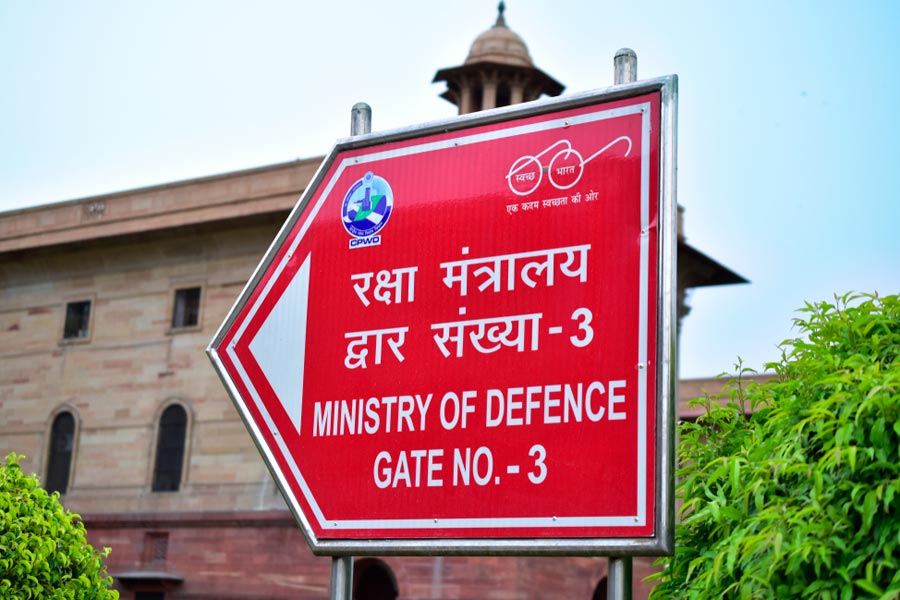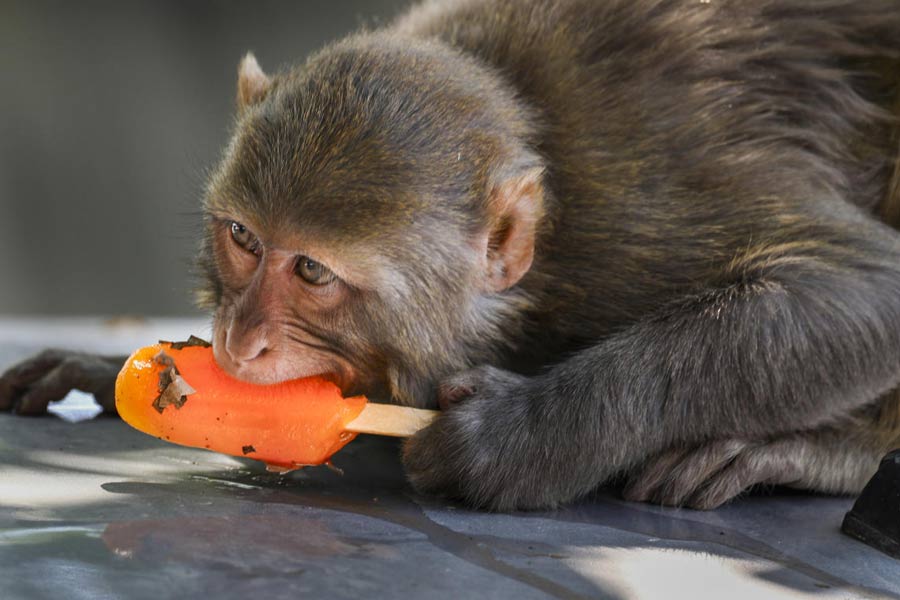New Delhi, Sept. 28: Plastic garbage dumped in the sea by South-East Asian countries and international cargo ships is piling up on the pristine beaches of the Great Nicobar, threatening the island’s fragile marine ecosystem.
The National Institute of Ocean Technology (NIOT), Chennai, has discovered large amounts of plastic debris strewn on the coasts of the Great Nicobar and Nancowry, a cluster of islands in the southern part of the Andaman and Nicobar archipelago.
The quantity of waste plastic and other debris is beyond what could have been generated by the island’s 6,800 inhabitants and 1,000 tribals, institute scientists have said.
The languages printed on the debris show the material did not originate in India.
An institute report says garbage generated in the coastal areas of Indonesia, Malaysia, and Sumatra and waste from cargo ships is probably “dumped directly” in the sea. Sea surface currents then transport the waste towards the Great Nicobar and Nancowry islands.
Most plastics are not biodegradable — that is micro-organisms do not break them down — and ocean currents may transport plastics dumped in the sea across hundreds of kilometres before they are swept ashore.
“The ocean currents tend to drive the solid waste towards the Great Nicobar,” said department of ocean development secretary Harsh Gupta.
The institute has informed the Andaman and Nicobar administration as well as the Indian Coast Guard about the accumulating waste.
The NIOT survey, carried out earlier this year, was part of a coastline monitoring programme covering the Andaman and Nicobar islands.
A team of institute scientists found polythene materials, ships’ refrigerator components, plastic and metal automobile parts — including steering wheels —and plastic containers at three sites on the Great Nicobar. One of the sites is near Indira Point, India’s southernmost point.
“The waste is threatening the island’s rich marine biodiversity,” said Ramasamy Venkatesan, head of the division of ocean science for islands, the NIOT. The plastic could harm fish and destroy coral along the island’s coastline, he added.











